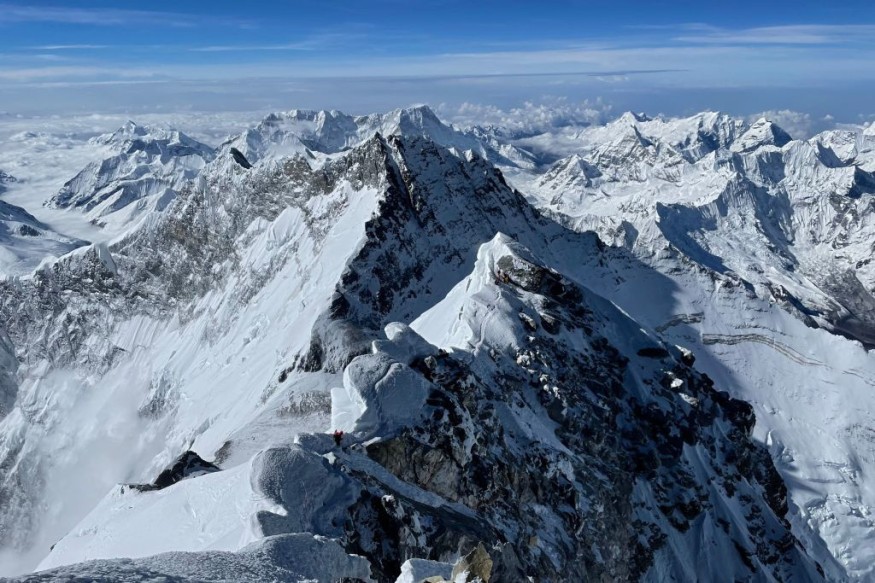
While it has been affirmed that Earth is spherical in nature, it may also appear to be perfectly round.
This isn't as noticeable as it should, but Earth is actually slightly flattened.
In fact, "most planets and moons are", said James Tuttle Keane, a planetary scientist at NASA's Jet Propulsion Laboratory in Pasadena, California.
According to LiveScience, Earth is actually oblique or a "little squished at the poles, like a person pressing both hands on the top and bottom of a ball."
As a result, the equator bulges, making Ecuador's Chimborazo the world's highest peak instead of Mount Everest, as measured from the Earth's center.
Everest is indeed the highest point above global mean sea level, but it's summit is not the farthest point from Earth's center, reported by National Ocean Service.
The service further explained that Earth is not a perfect sphere, but "is a bit thicker at the Equator due to the centrifugal force created by the planet's constant rotation."
What is the Centrifugal Force?
A rotating planet, not just Earth, experiences the centrifugal force or the apparent outward force on a mass when it is rotated, according to a study published in the journal ScienceDirect.
"Since Earth rotates around a fixed axis, the direction of centrifugal force is always outward away from the axis. Thus it is opposite to the direction of gravity at the equator; at Earth's poles it is zero," the authors wrote.
They asserted that if Earth was a perfect circle, the ocean would be 20km deeper at the equator than at the poles.
The force is like a ball on the end of the string being twirled around, or the outward motion you feel when you turn a curve while in a car.
Also read : Ocean Currents have Slowed Down as the Earth Has Gradually Cooled Down Due to Climate Change
The Effect is Subtle
The centrifugal force caused the equator of planets and moons to bulge. However, researchers said that the effects can be subtle.
Examples of this are the gas giants Saturn and Jupiter.
Keane said that these planets have more noticeable squished shape being the the fastest spinning planets in the solar system.
"The faster something spins, the more the centrifugal force acts on it."
Another extreme example is the dwarf planet Haumea, which is almost egg-shaped.
Haumea is roughly the same size of Pluto and one of the fastest rotating large objects in our solar system, having one complete rotation every four hours.
According to LiveScience, centrifugal force may one day provide an artificial gravity for spaceships and space stations, should we get spacecraft to spin rapidly enough.
In addition, the centrifugal force can provide some "semblance of the normal sensation of gravity."
Its counterpart is the centripetal force, an inward force that keeps an object moving in a circle.
While both forces are experienced by rotating objects, they are not the same in some ways.
Related article : Rare Helium Gas Formed in the Aftermath of the Big Bang is Leaking out of Earth's Core
© 2025 NatureWorldNews.com All rights reserved. Do not reproduce without permission.





